Space 2025
Happy New Year!
Our first blog of 2025 looks at some of the celestial events of the coming year.
In Space 2025 we’ll preview what’s happening in the night sky.
There’s so much going on we’ll include events in the first half of the year.
We’ll look at autumn and winter sights in a future blog.
Planets
As ever, Stellarium is a wonderful planetarium programme to follow events in your night sky.
Download Stellarium for free by clicking here.
Three planets dominate our sky early in the year.
Mars and Jupiter are high in the south.
 llar
llar
Night sky looking South in January & February: Stellarium
Mars
Mars is closest to Earth on January 9th.
The early part of the year is the best time to observe the red planet through a telescope.

Mars, small telescope: Stellarium
Jupiter
To the right of Mars, Jupiter is still bright though it is moving steadily away from us.
Binoculars or a small telescope will make the four big moons visible.

Jupiter, small telescope: Stellarium
Venus
But outshining both Mars and Jupiter will be brilliant Venus.
Venus is a brilliant ‘Evening Star’ through January into February.
It outshines all the stars and other planets, a dazzling beacon in the south-west at sunset.

Crescent moon & Venus: D Ashton
Venus makes a good target with a small telescope.
Although it is always covered in cloud, a telescope will reveal its phase, rather like our Moon.
On January 10th, Venus is half lit by the Sun.
It appears as a tiny ‘half moon’.
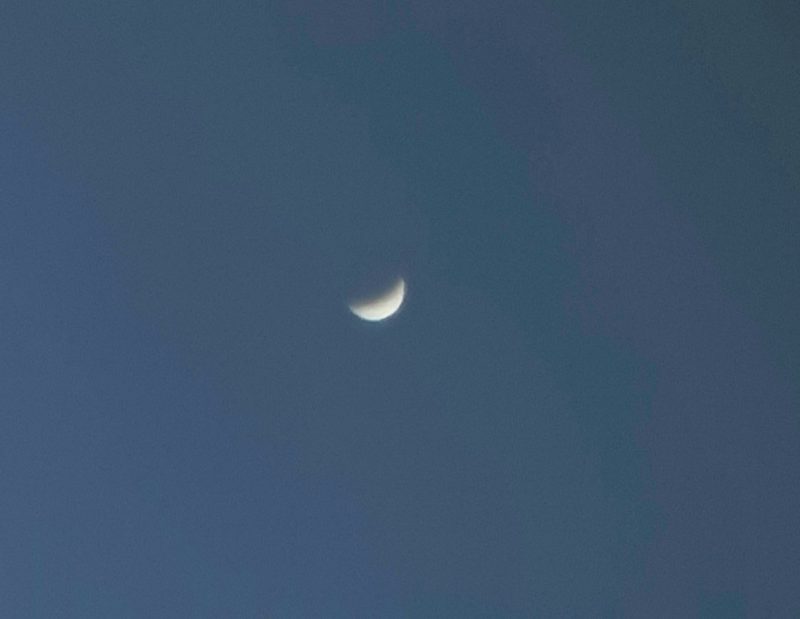
Planet Venus, crescent phase.
From then on, Venus gets closer to Earth but the phase diminishes to a crescent.
As Venus gets closer, it becomes brighter.
It’s at its brightest on February 16th.
But Venus is also dropping lower towards the horizon and eventually disappears into the Sun’s glare.
Venus isn’t finished though.
From the end of April and through May, the planet reappears in the morning.
It shines brilliantly in the east before sunrise.
Saturn
Saturn will not be its usual self this year. In March, its rings will disappear!
Well almost.
In March the rings will be edge on to our view from Earth.
Because they are so thin, around one kilometre deep, they are near invisible seen through a telescope.
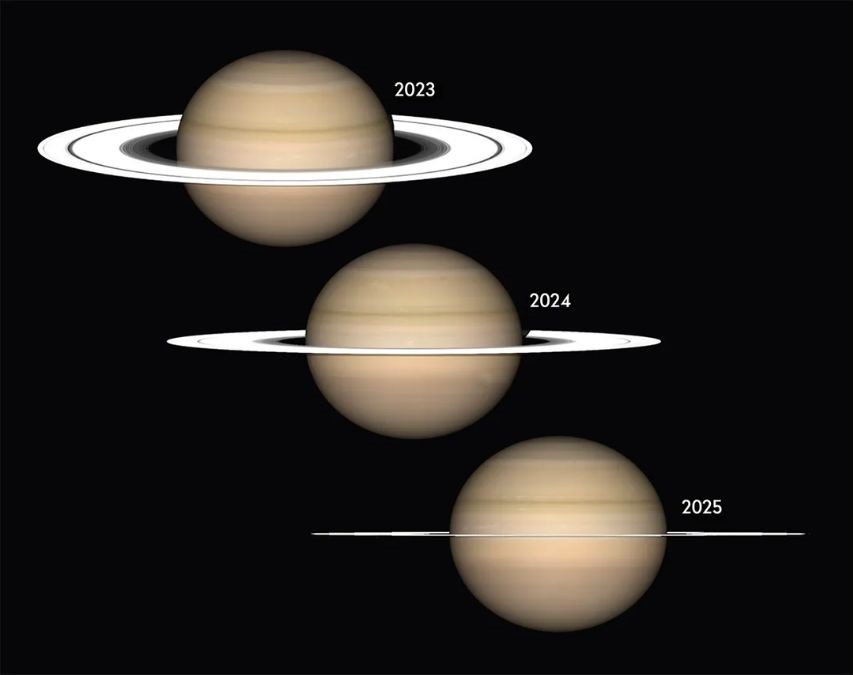
Saturn’s rings, 2023 to 2025. NASA
The disappearing act happens every 15 years. But it won’t last.
When Saturn reappears later in the year, the tilt of the planet will reveal the ring system again.
Planet Parade
On January 21st, a cosmic coincidence sees six major planets lined up in the evening sky.
From left to right, Mars, Jupiter, Venus and Saturn can be seen with the naked eye.
Uranus and Neptune require a telescope.
You’ll need a clear western horizon, as Saturn is low in the sky.

January 21st, looking South-East: Stellarium

Looking South-West, Stellarium
In early 2025, the Moon joins the parade.
On 31st January, the Moon is low in the west near Saturn.
February 1st sees the Moon close to Venus, with both showing a crescent phase.
By 6th and 7th February the Moon moves on to Jupiter
Finally on February 9th, our Moon encounters Mars.
This series of events is the focus of National Astronomy Week 2025.
National Astronomy Week
National Astronomy Week runs from the 1st to the 9th of February.
The week takes advantage of the planet parade and the Moon’s movement across the sky.

There are live stargazing events and planetarium shows during the week.
You can also see live views of the planets steamed to your home.

Details are at National Astronomy Week.
And it’s an ideal time to book a Wonderdome visit!
Partial Solar Eclipse
As well as moving in front of planets, our Moon will move in front of the Sun in 2025.
Unfortunately, this will not bring the UK a total eclipse.
We’ll have to wait until 2090 for that!
But Space 2025 sees a partial eclipse.
On Saturday, March 29th the Moon will cover part of the Sun.
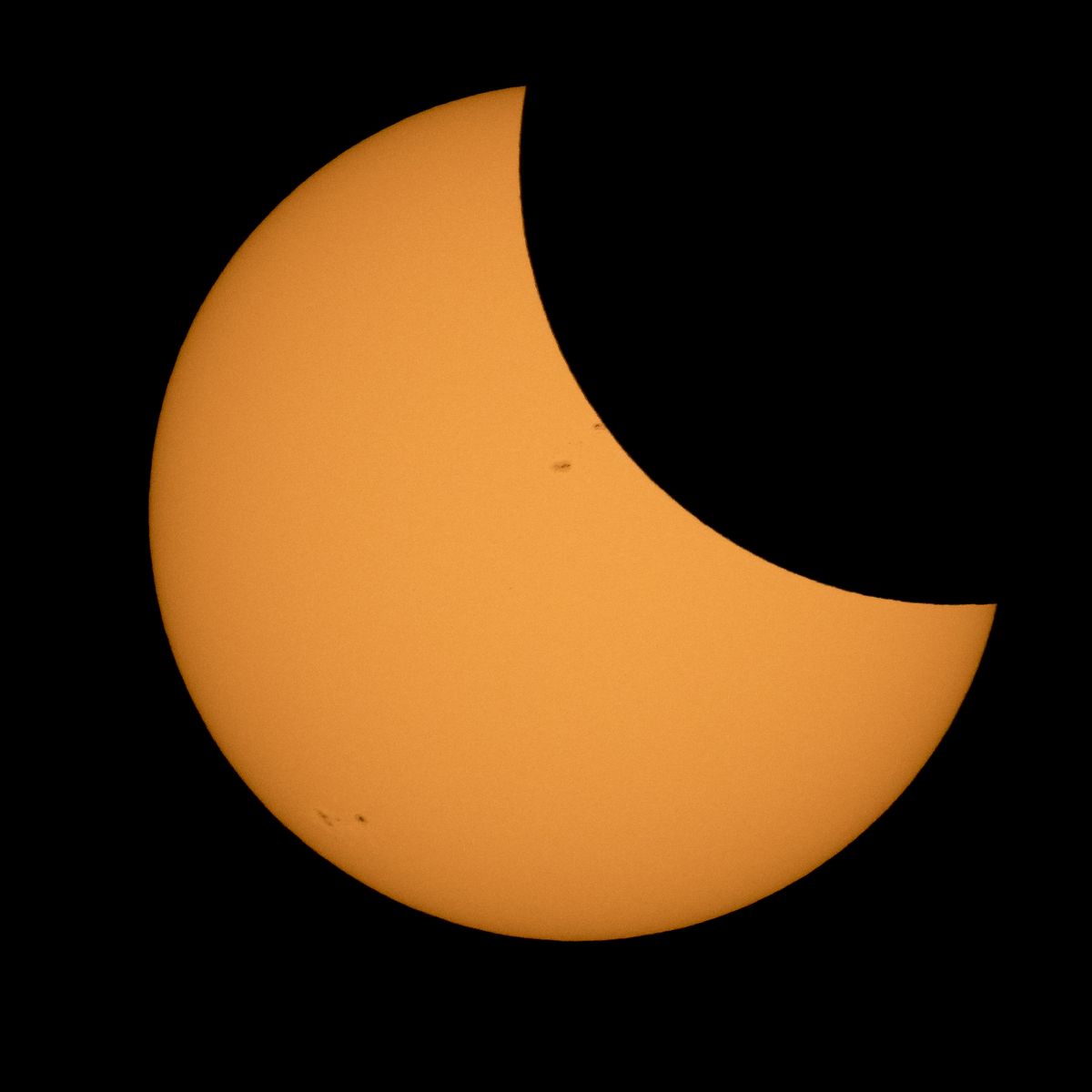
Even though the Sun will be partly obscured, there’ll be no change in daylight.
To view the eclipse, you will need eclipse specs or a way of projecting the Sun’s image.
Looking directly at the Sun can permanently damage your eyes – don’t do it!
The eclipse will begin at around 10.10 am and last until midday.
Maximum eclipse is at 11am, when about one-third of the Sun will be covered by the Moon.
Northern Lights
The Sun will remain very active through 2025.
So this year is a good one for aurorae.

Northern Lights: Wonderdome presenter Annette
They will be frequent inside the Arctic Circle but may be seen at lower latitudes.
Already, in the first days of the new year, bright displays have been seen in Britain.
Meteor Showers 2025
The best meteor display in the first part of the year is the Lyrids.
They peak on 22nd – 23rd April and produce around a dozen shooting stars an hour.
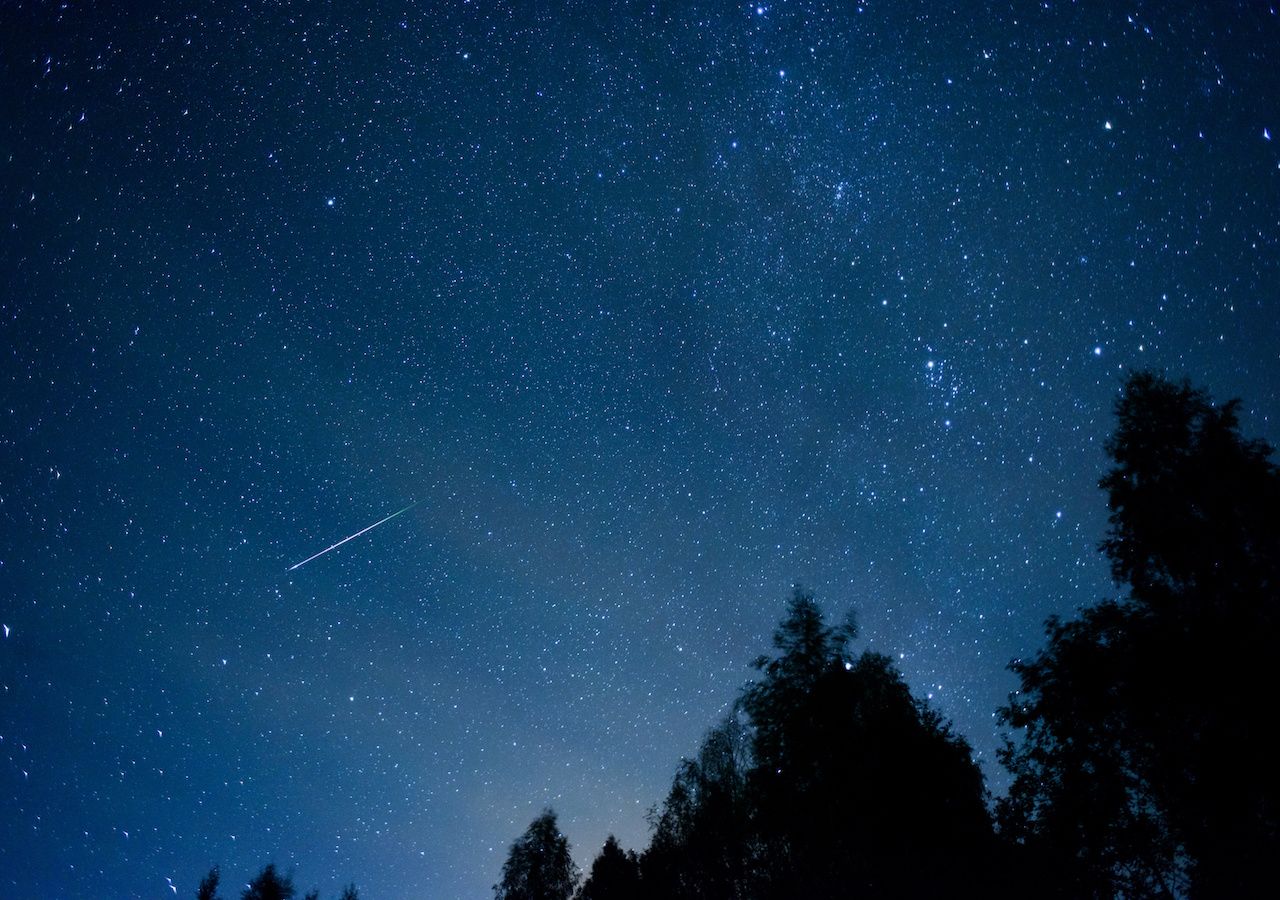
When the Titanic sank on April 15th, 1912, survivors in lifeboats saw the Lyrids flashing across the sky.
Some legends hold that shooting stars are souls of the dead going to heaven.
1500 people died that night as the great ship slipped into the deep North Atlantic ocean.
Exploding Star
T Cor Bor
The timing of our final featured event of Space 2025 is uncertain but it is uncommon.
So rare that it made the national news recently.
It’s about T Cor Bor. Let’s explain!

Corona Borealis: Stellarium
Corona Borealis, the Northern Crown, is best seen in Spring.
It lies to the left of the bright red giant star Arcturus
Corona Borealis is a curve of stars making a celestial tiara.
Just left of the stars in that curve lies T Corona Borealis, T Cor Bor for short.

T Corona Borealis: Stellarium
T Cor Bor is not a single star but a double, two stars in orbit round each other.
The stars are very different.
One is a huge red giant, a star near the end of its life.
The other is a white dwarf, a small, dense dead star.
The white dwarf exerts a strong gravitational pull on its larger companion.
Gas is pulled from the red giant on to the white dwarf.
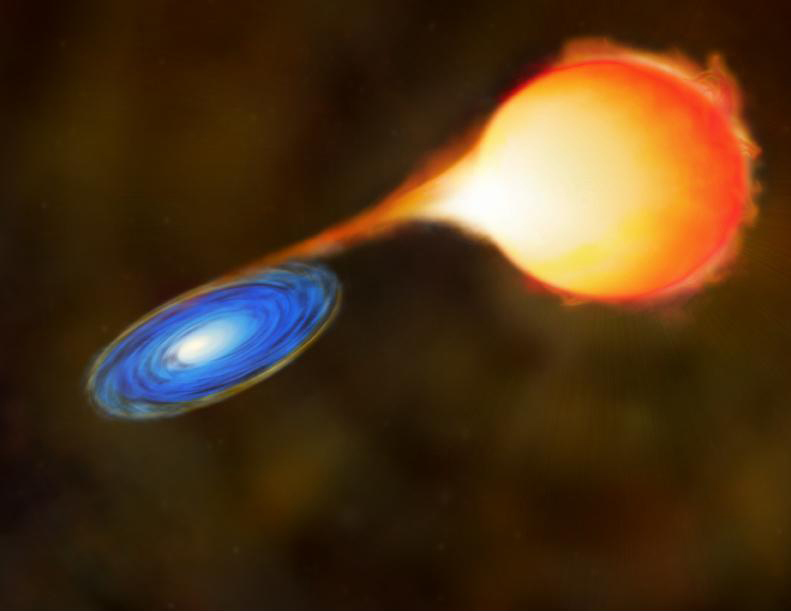
Red giant and white dwarf interaction: Chandra X-Ray Observatory
The additional gas is compressed and heated. Eventually it results in an explosion and an outburst of light.
Dim T Cor Bor brightens to the same luminosity of the North Star.
To the naked eye it looks as though a bright star has suddenly appeared in the sky.
It’s called a ‘Nova’, literally a new star.
T Cor Bor is a recurrent nova, it brightens at intervals of time.
Indications are that the next outburst is imminent, the first in 80 years.
Nova Cygni
I saw a similar nova back in August 1975.
Leaving a bar in Spain, I looked up at the night sky.
There was the Summer Triangle of Altair, Vega and Deneb.
But it was different. There were two Denebs!

I hadn’t had too much to drink but I was seeing double.
A dim star near Deneb had gone nova and brightened to rival the Summer Triangle stars.
It was Nova Cygni 1975.
Maybe T Cor Bor will give us a similar treat this year.
Space 2025 is looking good!

The author: Dennis Ashton is a Fellow of the Royal Astronomical Society and a Wonderdome presenter.
In 2024, Dennis received the Special Contribution award from the British Association of Planetaria.
Would you like to hear more Astronomy news?
Do you want to to find out about our upcoming public events?
Follow WonderDome Portable Planetarium on Twitter and Facebook or go to our web site wonderdome.co.uk
T

